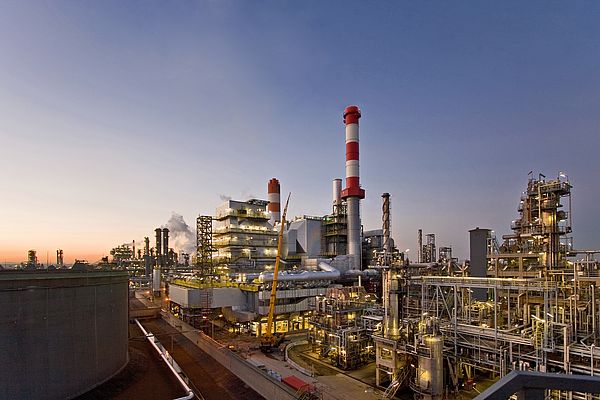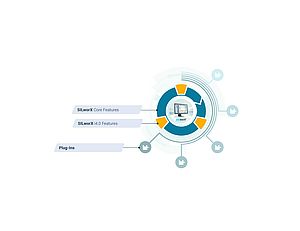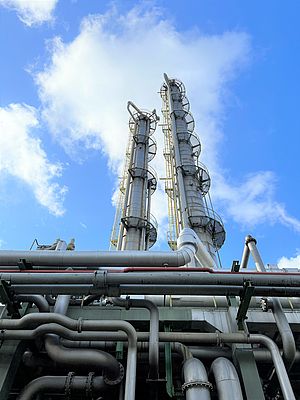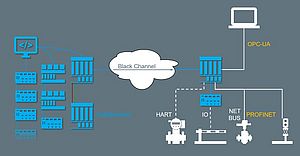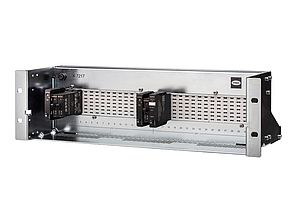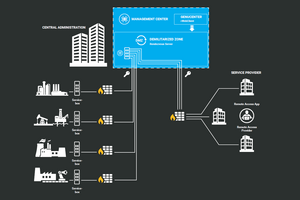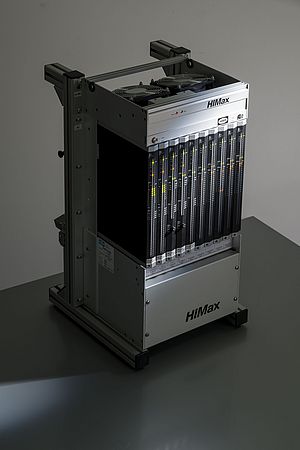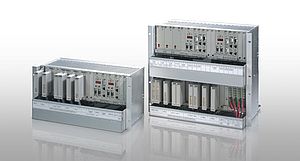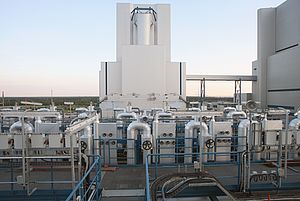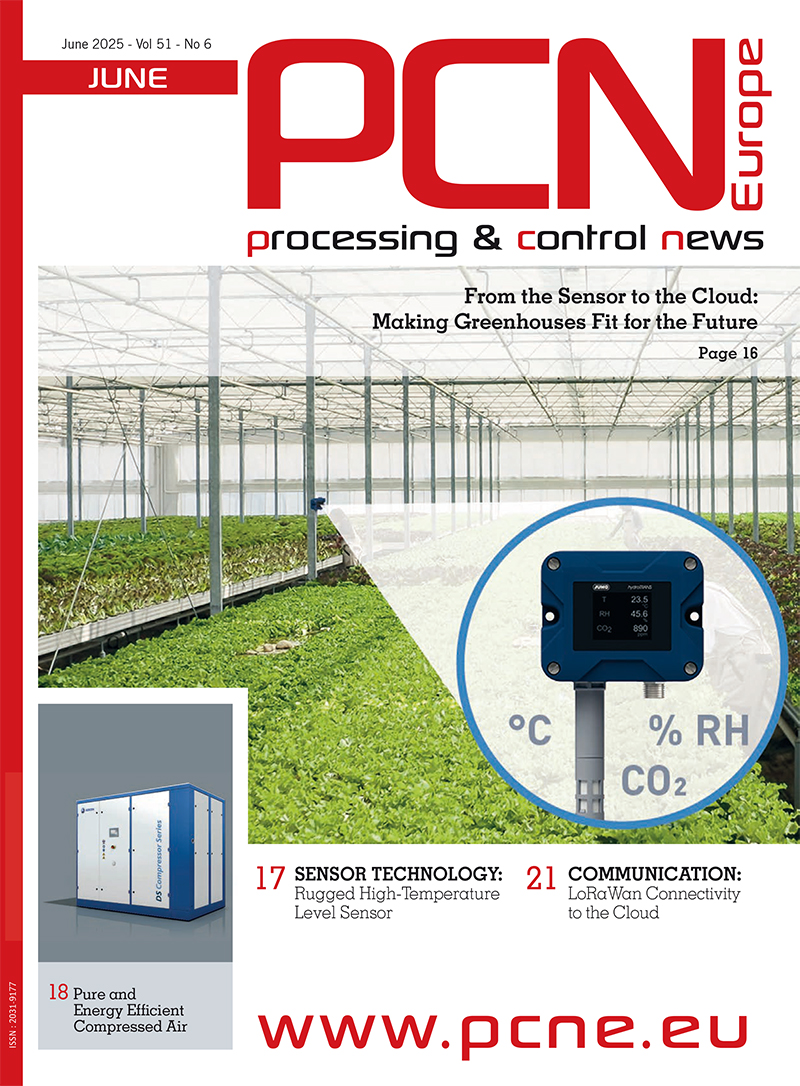The international oil and gas company OMV carried out a turnaround of the entire petrochemical area of the refinery in Schwechat (Austria) in April 2017. In slightly less than seven weeks, the plant and its systems were shut down, dismantled, cleaned and inspected, defective parts were replaced, and everything was put back together. That was a monumental task. 4 process ovens, 71 fractionating columns, 508 heat exchangers, 698 tanks, 4,188 fittings and 1,485 safety valves were inspected, and repairs were carried out on approximately 12 kilometres of piping. Some 220,000 screws and bolts were replaced during the turnaround of the systems at the Schwechat refinery.
Challenging service with stringent safety requirements
A turnaround of this size, involving the shutdown and restart of a highly complex petrochemical plant, can only be managed successfully with the safety expertise of specialists. As part of the intercompany project team composed of specialists from OMV and about 50 partner firms, 18 experts from HIMA were deployed on site.
Along with ensuring the safety of the plant system, the main challenge for the functional safety specialists was the large number of safety systems to be checked. A total of 61 HIMA safety controllers underwent a thorough general inspection and upgrade. In the ethylene cracker alone, 26 system cabinets were checked down to the last detail. For five weeks, HIMA engineers were busy with thorough inspection and upgrading of all existing HIMA safety controllers in various subsystems of the refinery. The safety controllers were also adapted and extended in line with the recently performed hazard and operability (HAZOP) study, so they could continue to ensure the availability and functional safety of petrochemical production.
Service ahead of schedule
HIMA started detailed planning one year before the turnaround. Within the tight time frame, all safety systems had to be checked and, in some cases, modified, and be fully functional again at the end. Thanks to precise scheduling and high personal commitment, the HIMA engineers were able to complete the required work even faster than planned. In this way they contributed to the successful turnaround of the petrochemical systems in the Schwechat refinery. Seven weeks after the start of the shutdown, OMV was able to start up production again, safely and on schedule.
“HIMA was a competent and reliable service partner for the 2017 turnaround”, says Fabio Lodigiani, Head of Safety Services at HIMA. “The functional safety provided by the HIMA safety controllers is essential for OMV. The technology of our petrochemical facility in Schwechat is very sophisticated. That makes this sort of turnaround a really challenging task, especially for our external partners who have to completely understand our situation and coordinate with each other. The on-time and professional implementation of the service and upgrade measures by the HIMA team contributed to the overall success of the project.”
Background: OMV Turnaround 2017
The fuels area of the OMV refinery in Schwechat was inspected in an earlier turnaround in 2016. The petrochemical area – which accounts for about half of the refinery’s systems and makes feedstocks for plastics production – followed in April 2017. This shutdown – a routine general inspection – is legally prescribed and is carried out every six years together with TÜV Austria. The project was preceded by two years of planning. Precise planning and intensive teamwork are required to successfully carry out such a complex turnaround and minimise the scheduled downtime.
Some 700 employees of the Schwechat refinery, together with an additional 3,500 service technicians from 50 partner firms in Austria and the rest of Europe, including HIMA, collectively performed around 820,000 hours of work. The project was also an enormous logistical challenge, requiring the creation of 1,500 additional parking places and the provision of meals for more than 4,000 people.
Technical details
Complete inspection of the safety controllers
As part of the 2017 turnaround, HIMA carried out a thorough inspection and upgrade of a total of 61 safety controllers installed in the Schwechat refinery:
• 42 Planar F system cabinets
• 14 Planar 4 system cabinets
• 4 HIQuad systems
• 1 HIMatrix system
In the ethylene cracker alone, there are 26 HIMA safety controllers that were inspected:
• 16 Planar F system cabinets
• 9 Planar 4 system cabinets
• 1 HIMatrix system
HIMA service and solutions ensure high safety and availability
The primary goal is to effectively protect people, systems and the environment. HIMA’s service and the deployed safety controllers ensure safe system operation.
- Expertise: HIMA’s service specialists know the customer’s needs and the specific requirements of the systems. Service and upgrade tasks are also carried out reliably in overall project teams.
- Service ahead of schedule: Thanks to good planning, HIMA was able to complete the inspection of all safety controllers ahead of schedule, despite the complexity of the project. Compliance with planned downtimes increases cost-effectiveness.
- Preventive safety management: HIMA service focuses on the overall safety concept of the system. Shutdowns are utilised to efficiently keep safety technology up to date and make it fit for the future.
- Long-term availability: HIMA maintenance and service ensure long-term availably, even with legacy safety solutions such as Planar F.
- Maximum safety: The TÜV and SIL 3 certified HIMax and HIMatrix safety controllers, along with the SIL 4 certified Planar 4 controllers, ensure high system availability and safety.
- Future-proof: HIMA controllers fulfil all requirements for functional safety in the process industry (IEC 62443 and IEC 61511) and provide effective protection against the growing threat of cyber attacks.


